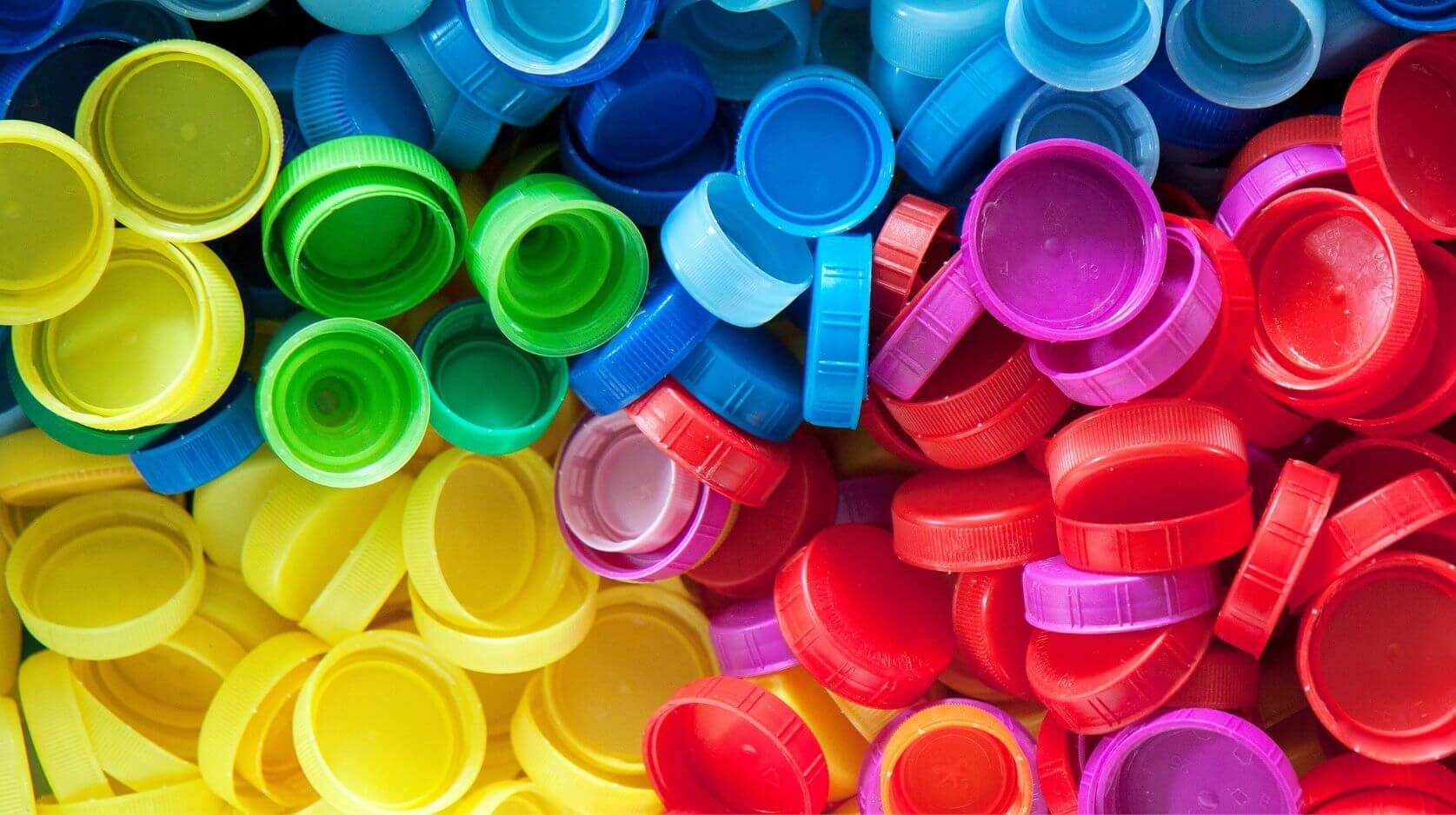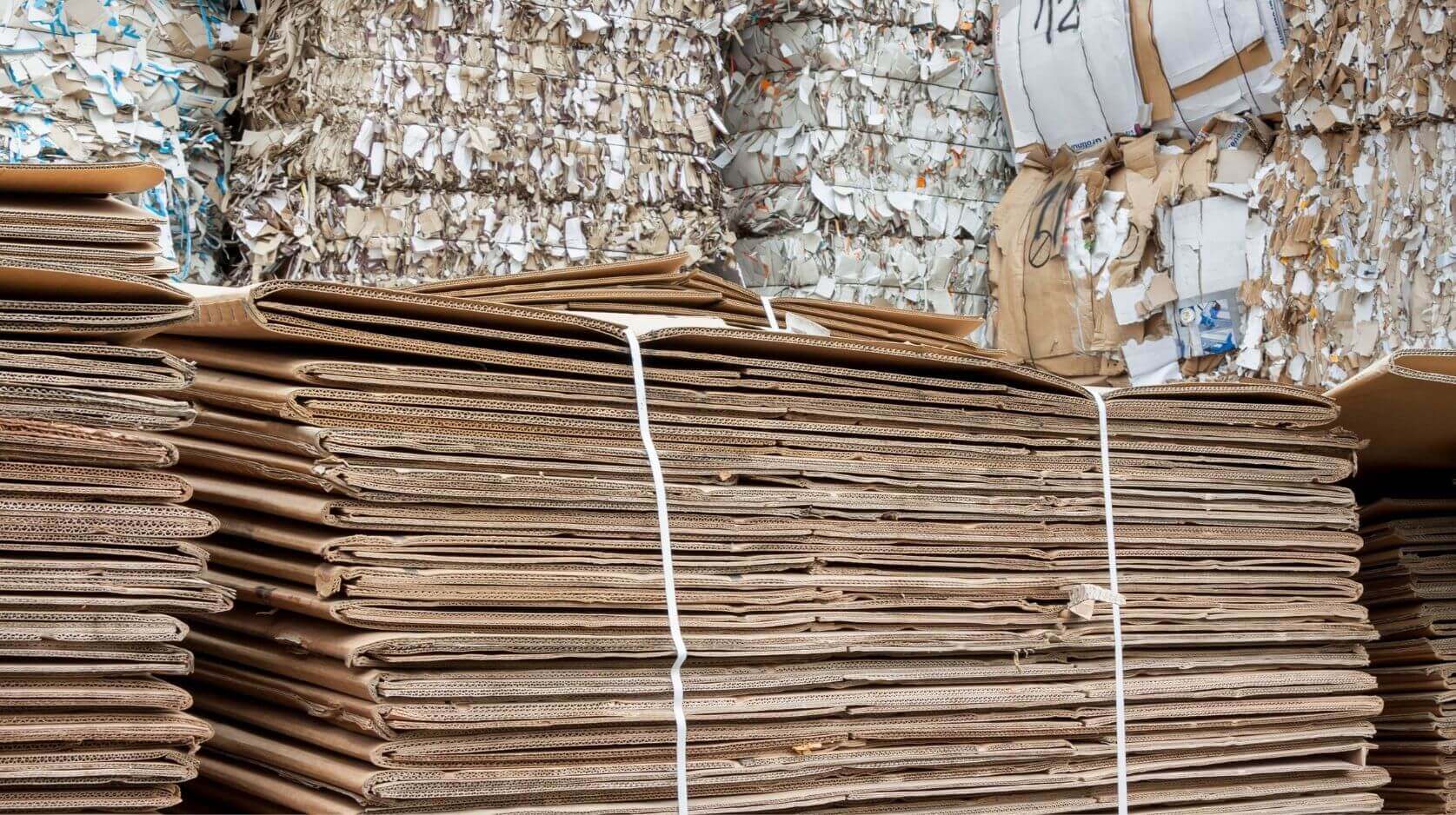Designing packaging sustainably - The 3 most important tips

As much as necessary, as little as possible - to save resources and the environment, you have numerous options when choosing and designing your packaging. From adjusting the size of your packaging to choosing the right material, packaging warehouse shows you what you can do.
And you should do the same. Surveys confirm again and again that sustainable packaging is becoming more and more important for customers, especially when shopping online. So it's not just about doing something good for the environment. With the right packaging, you are also closer to the wishes of your target group - sustainability promotes customer loyalty and becomes a real competitive advantage.
Tip 1: Raw materials - It doesn't always have to be new
New raw materials for paper, cardboard and plastic packaging are usually cheap. Above all, they are usually cheaper than the recycled alternatives. However, greater use of new materials does not make the packaging better during production. Waste paper, for example, can pass through the entire circular economy several times without showing any significant deterioration in its material properties.
Therefore, wherever possible, opt for packaging solutions that are made entirely, or at least to a large extent, from recycled raw materials. This not only saves natural resources such as wood and crude oil. It also requires less energy and water for processing.
Tip 2: Recyclability - think about the future before
Sustainability always covers the entire life cycle of a product, and packaging is of course no exception. When selecting materials, you should therefore not only pay attention to sustainable procurement and production. Other questions are also decisive:
- What comes next?
- What happens to the packaging after it has done its job and is no longer needed?
- Or is it possibly still needed?
The "magic word" is recyclability, because only if this is guaranteed can packaging be truly sustainable. The better it can be recycled, the more valuable it is for the circular economy. And the more it helps to conserve the earth's resources. Which brings us to our Tip 1. With the right packaging materials, you create the basis for efficient recycling, high-quality recyclates - and sustainable new packaging recycling material.
Tip 3: Packaging size - because less is actually less
Free formats for shipping cartons, folding boxes and pouches help to customize your packaging optimally to your product. This is not only practical because individual package sizes can be implemented easily and accurately - customized, so they say. There are also a number of other benefits to be gained from customized packaging:
Less packaging material
"Perfect fit" generally means "smaller". Which in turn means that less material is needed in the production of the packaging. This saves resources, which is not only important ecologically. You can save costs at the same time, because you actually only pay for the packaging you really need.
Less filling material
Large boxes with plenty of filling material are still very common, especially in the mail order business. Plastic air cushions, paper inserts or other materials are basically unnecessary - if the package size is right and it is optimally designed. Otherwise, they are an additional cost and resource factor.
Less packaging waste
Good for the environment, good for your customers: The less packaging you need, the less waste there is to dispose of. This is fundamentally an important aspect, but one that has been further strengthened by the growth of online retailing. More and more purchases are now made online and have to be transported to consumers. Optimally coordinated packaging - both for the products and for shipping - can help keep the amount of material used as low as necessary or possible.
Few levers, big effect
More care and foresight in the selection of materials, improved conditions for subsequent recycling, and packaging that adequately protects the product and does not just contain air. There are comparatively few levers you need to pull for sustainable packaging design.
But in the end, everyone wins: the environment is relieved, you can save costs, and your customers are happy about high-quality packaging that generates a minimum of waste - and that can flow right back into the circular economy of recycling. So simple, so sustainable.



 (1).png)
.png)
.png)
.png)
.png)
 (1).png)
.png)

 (1).png)
.png)
.png)
.png)
.png)
.png)


.png)
.png)



.png)


.png)
.png)
.png)
.png)












.png)


.png)
.png)
.png)
.png)
.png)
.png)
.png)










.png)







.png)
.png)












.png)
















































.png)











.png)

.png)

















